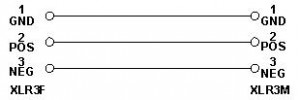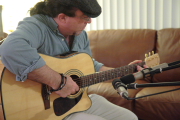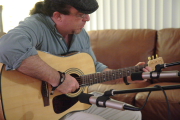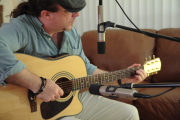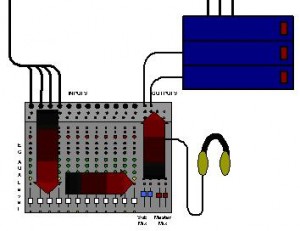Label it!Label suspicious equipment or put it in a repair box. It is better that good equipment goes into the repair box rather than bad equipment going back on the shelf to haunt the next guy.
Label unusual equipment as well. The third time I received an active direct box for repair I put a label on it to check the battery before use. It has miraculously worked ever since.
Guitar and Instrument Cables Otherwise known as 1/4″ phone plugs. These cables are made from coaxial cable and are always wired tip to tip, shield to shield. Common failures are for the shield to break loose resulting in horrific buzzing.

Speaker Cables
Speaker cables are usually a pair of heavy gauge conductors wired to 1/4 inch phone plugs or to Neutrik SpeakOn Connectors. Usually the Neutrik connectors will be the NL2FC two pole or NL4FC 4 pole. Refer to the Neutrik site for specific assembly instructions of their connectors.
Polarity on speaker cables is always tip to tip or Positive to tip.
As smaller speaker cables can be confused with instrument cables it is good to label them. For heavy gauge speaker cables look for over sized 1/4 inch connectors designed for larger cable.
Parts
Connector and cable parts are available from a variety of sources including the following (in no particular order):


